This article is a direct copy of the product description of pearl earrings posted on Etsy. I have mentioned the six elements that make up the beauty of pearls several times in the past, and explain them from the perspectives of “quality,” “price impact,” and “personal preference.” It’s about 18,000 characters long, so if you’re busy, I recommend you read it another day. To sum up, baroque pearls are good for many things.
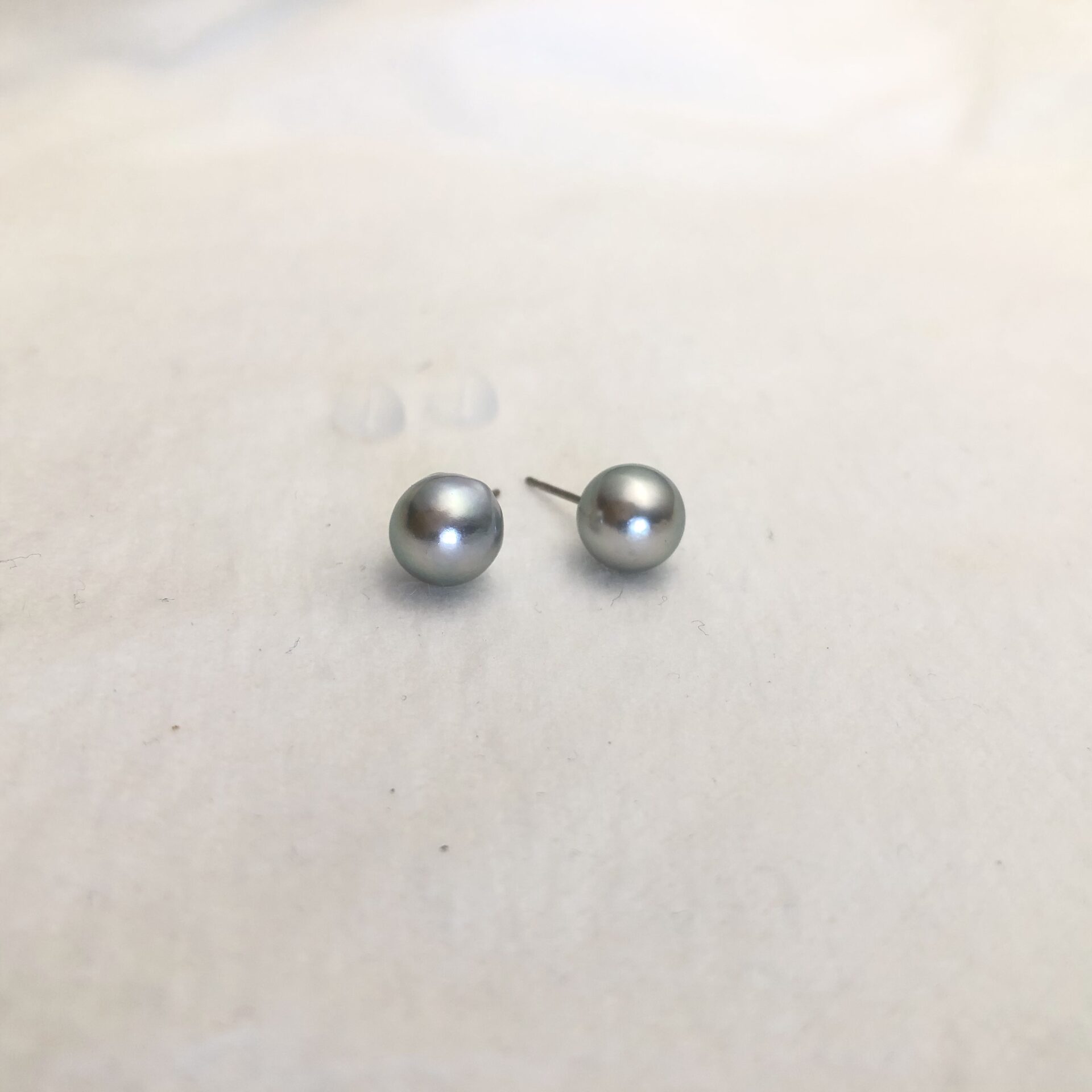

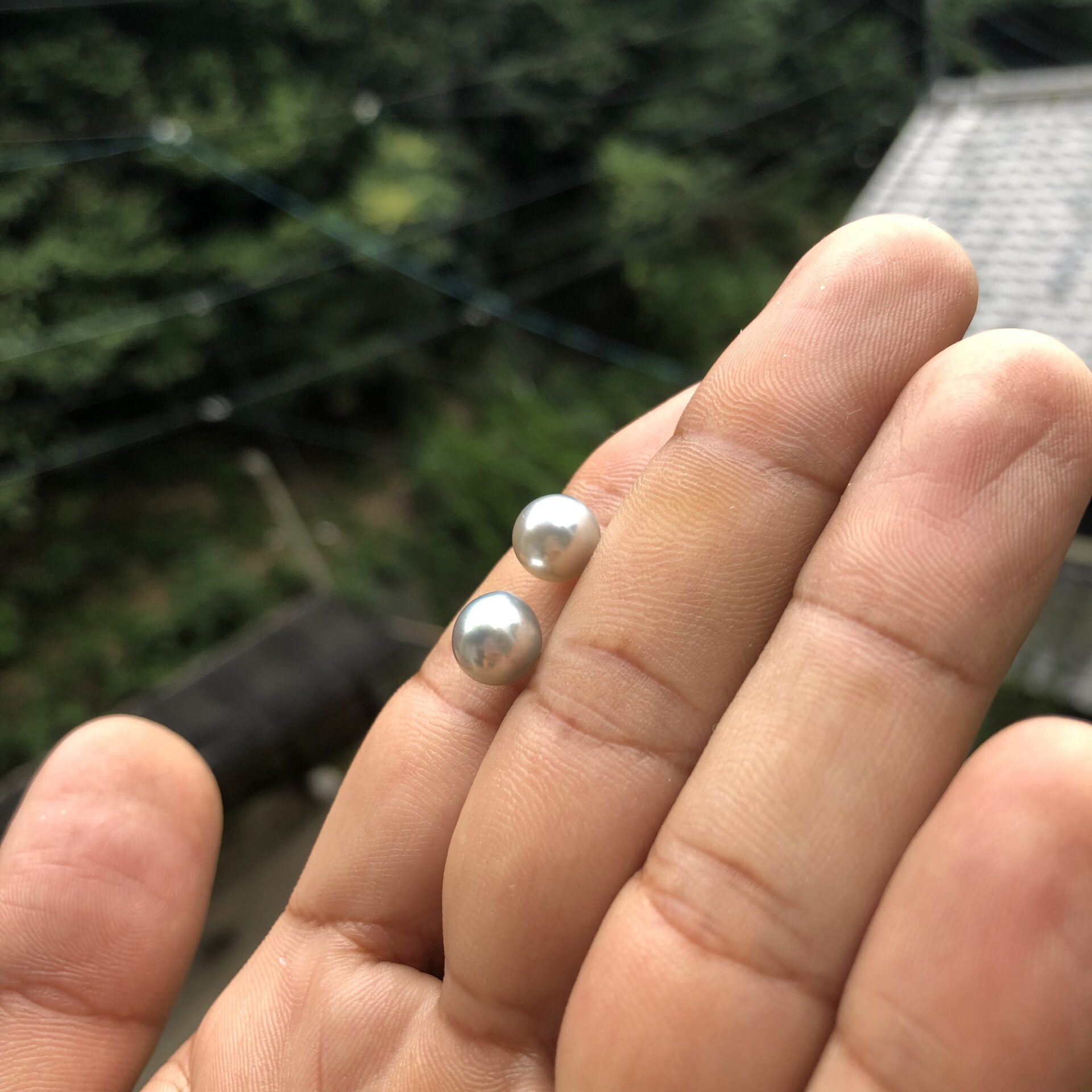
These are blue Akoya pearl earrings.
I think many people who are looking for the pearl they are looking for want a perfectly round pearl, but this pearl is not perfectly round. The luster level is about 80 out of 100.
Although it is only 80 points, the pearl has a strong shine. My 100 points is the level of an iron ball.
A pearl with a perfectly smooth surface without a single cloud is 100 points. At the pearl farm where I used to work, the probability of harvesting such a pearl was about 3%.
For 10 years, I sorted more than 1 million pearls on average every year at the harvest time, and one of my jobs was to record the harvested pearls in a ledger.
The harvested pearls were exhibited at auctions limited to pearls harvested in the following categories: 1st grade, quasi-1st grade, upper 2nd grade, middle 2nd grade, and lower 2nd grade. Therefore, each pearl was strictly controlled.
So the figure of 3% became clear.
By the way, there are restrictions on the pearls that can be offered for each grade.
Grade 1 pearls are those that have no wounds or only one very small wound, have a strong luster, are perfectly round, and have a moderate nacre. Semi-grade 1 pearls are similar, with a strong luster that is slightly inferior to grade 1, no wounds or only one, and are perfectly round.
At the selection stage, pearls with a slightly weaker luster are removed from the group of pearls that have been roughly selected according to the grade 1 standards. This leaves only pearls with a strong luster. Of the pearls that are removed from this group, about 60% are often semi-grade 1. Of course, there are many pearls that have an incredibly strong luster but have three wounds and are demoted to grade 2. Of course, many pearls that are round and have no wounds but have a weak luster are demoted to mid-grade 2.
Companies that bid on grade 1 pearls are well-known names such as Mikimoto and Tazaki.
Mikimoto seems to prefer pearls with a strong luster. They also value the nacre, but they also tend to prefer roundness and sleekness. If the nacre is too thick, it becomes difficult to process and the impression becomes somewhat heavy, so I felt that they tend to prefer pearls with a slightly sleek impression rather than pearls with too thick nacre.
Tasaki was a company that valued nacre. Until a few years ago, the person in charge of the bidding at Tasaki was a true pearl lover, and had a deep love for pearls with thick nacre. However, in recent years, Tasaki has transitioned from a pearl company to a jewelry company, and it seems that the person in charge is now instructed to bid only on pearls that jewelry designers request. He spoke sadly about how his job of purchasing harvested pearls had become just an errand. When I saw that, I often felt that “this person really loves pearls.”
I think that the perspective of pearls of general retail consumers who like and purchase pearls, the perspective of pearl wholesalers, and the perspective of pearl cultivators each have some commonalities and some differences. Many pearl consumers place emphasis on roundness and luster.
Pearl wholesalers also place importance on roundness and luster. However, many pearl cultivators place emphasis on the thickness of the nacre. Pearl wholesalers and processors are particular about roundness.
If the pearl is round, it sells for a higher price. Some say that the nacre does not need to be that thick, because thick nacres take longer to process and can damage the roundness.
On the other hand, pearl cultivators are particular about the thickness of the nacre.
They do not find thin nacres very attractive.
Even if a pearl is round, if the nacre is thin, they say it is “not attractive.”
At a pearl auction, if a pearl that is not very thick is bid higher than a pearl with a thick nacre just because of its roundness, the pearl dealers become very upset. “They don’t understand pearls.”
But processors and pearl wholesalers say. “Pearl farmers don’t understand the pearl consumer. The roundness of the pearl is more important than the thickness of the nacre.”
This kind of talk is repeated every day in the pearl industry like a mantra.
Of course, many processors and pearl wholesalers understand the appeal of pearls with thick nacre, but the market still values the roundness of the pearl. For profit-seeking businesses, round pearls sell for a higher price than the appeal of the nacre.
About 50 years ago, pearls were cultivated in the sea for four to five years.
When I told this story to a pearl trader who is now 73 years old, he said to me, “Hey! That can’t be true.” However, in the warehouse in the basement of the company where I used to work, there are records of pearl cultivation from 50 years ago. The ledger contains detailed records of when and how many oysters were implanted with nuclei each year, the number of deaths of the oysters every few months, and so on. I was the recorder for about 10 years. Nuclei are implanted into oysters from April to December. The number of nuclei inserted into oysters by pearl farms every two weeks, the number of oysters counted when cleaning the oysters and the number of deaths, the number of oysters harvested, and the number of oysters still being cultivated in the sea are listed in chronological order.
Anyway, in that ledger from 50 years ago, there were definitely oysters that were in their fifth year.
In the past, the cultivation period was twice as long as it is now. And it seems that fewer pearl traders know about this. Even among pearl traders, few actually visit pearl farms.
Um, I don’t remember what I was talking about anymore.
The point is that in the past, the nacre was valued.
The longer the cultivation period for oysters, the higher the mortality rate of the oysters.
The higher the mortality rate, the fewer pearls that can be harvested. However, in some ways, it can be said that back then, the thickness of the nacre obtained by culturing for a long time was prioritized over such risks.
Nowadays, some pearl farms harvest pearls after only three months of cultivation. A thin layer of nacre is formed in just three months. A thin layer of nacre means a higher probability of a round pearl. The thicker the layer of nacre, the higher the tendency of the pearl to be irregular. The price of non-round pearls is cheaper than round pearls. In addition, there has been a serious shortage of Akoya oysters in Japan in recent years, and the mortality rate of Akoya oysters is increasing.
By shortening the cultivation period, the mortality rate of Akoya oysters can be avoided, and the roundness of the pearls can be maintained by not letting the nacre thicken too much, so that round pearls can be sold at a high price.
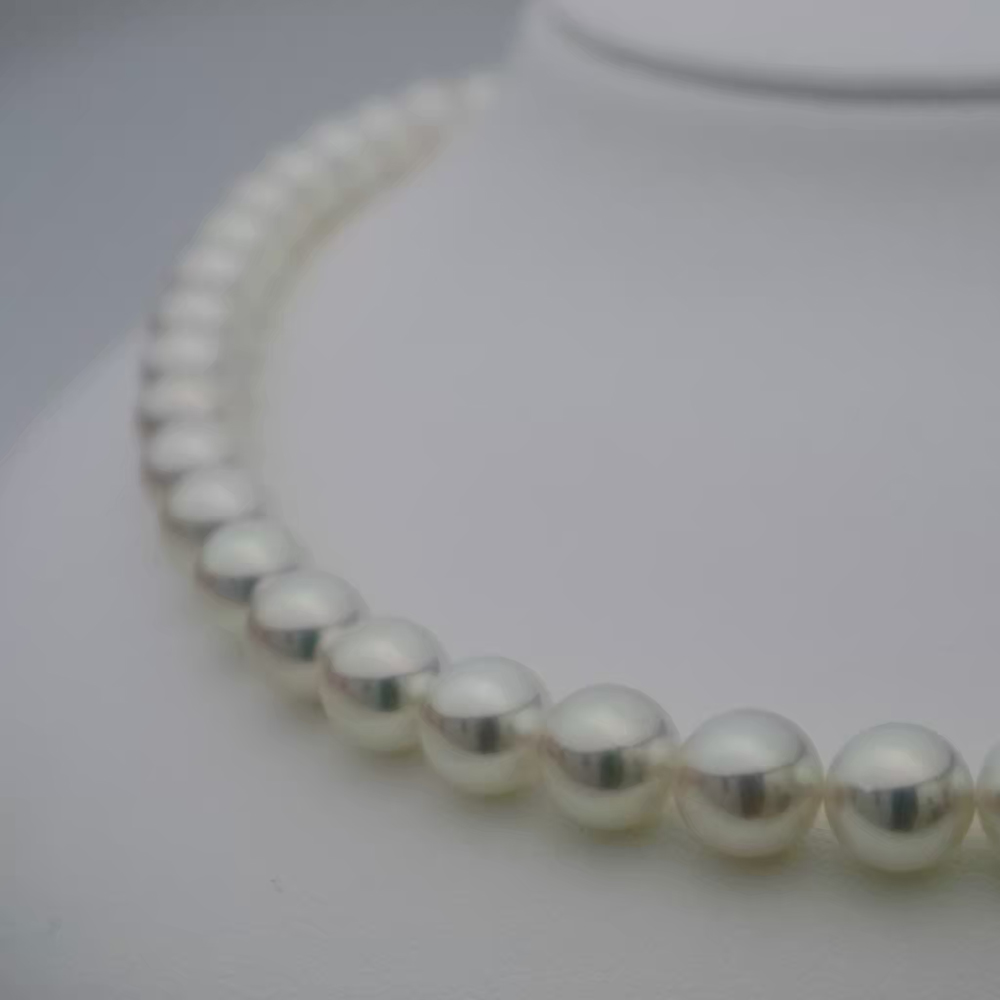
Some pearl farmers said, “They sold their souls to the devil.” That was my former boss.
He used to make fun of them, saying, “Only three months? Are you making tempura?” but he himself knows all too well why they have to cultivate pearls for three months.
The more they try to make pearls with the thick nacre they believe in, the more likely they are to become baroque pearls, the lower the price, and the higher the chance of the oysters dying. But they have been doing this work to make pearls with thick nacre. This is a complex dilemma they face every day.
From the perspective of a profit-seeking company, I think it is natural to produce round pearls with thin nacre and sell them at a high price.
However, as a pearl lover, I cannot agree.
If it is just a round pearl with a thin nacre, plastic balls are fine. I think so.
However, pearl farming is not a hobby. I understand that it is necessary to make choices in order to survive.
The solution to this is to spread the appeal of baroque pearls to pearl lovers around the world who say, “I am only interested in round pearls.”
Pearls are expensive. If we were all very rich, we could buy as many round, thick-nacre, and highly lustrous pearls as we want.
However, at present, the price of such quality for an 8mm necklace is at least 7000 USD. Mikimoto would be more than twice that.
In Japan, it would be enough to buy a cheap car.
Not many people can afford to pay such a price for a luxury item that is not a necessity in daily life.
At this point, the important thing is to consider what kind of pearls will be produced if the price of the pearl necklace is lowered to a price range that each person can afford while still maintaining the roundness of the pearls.
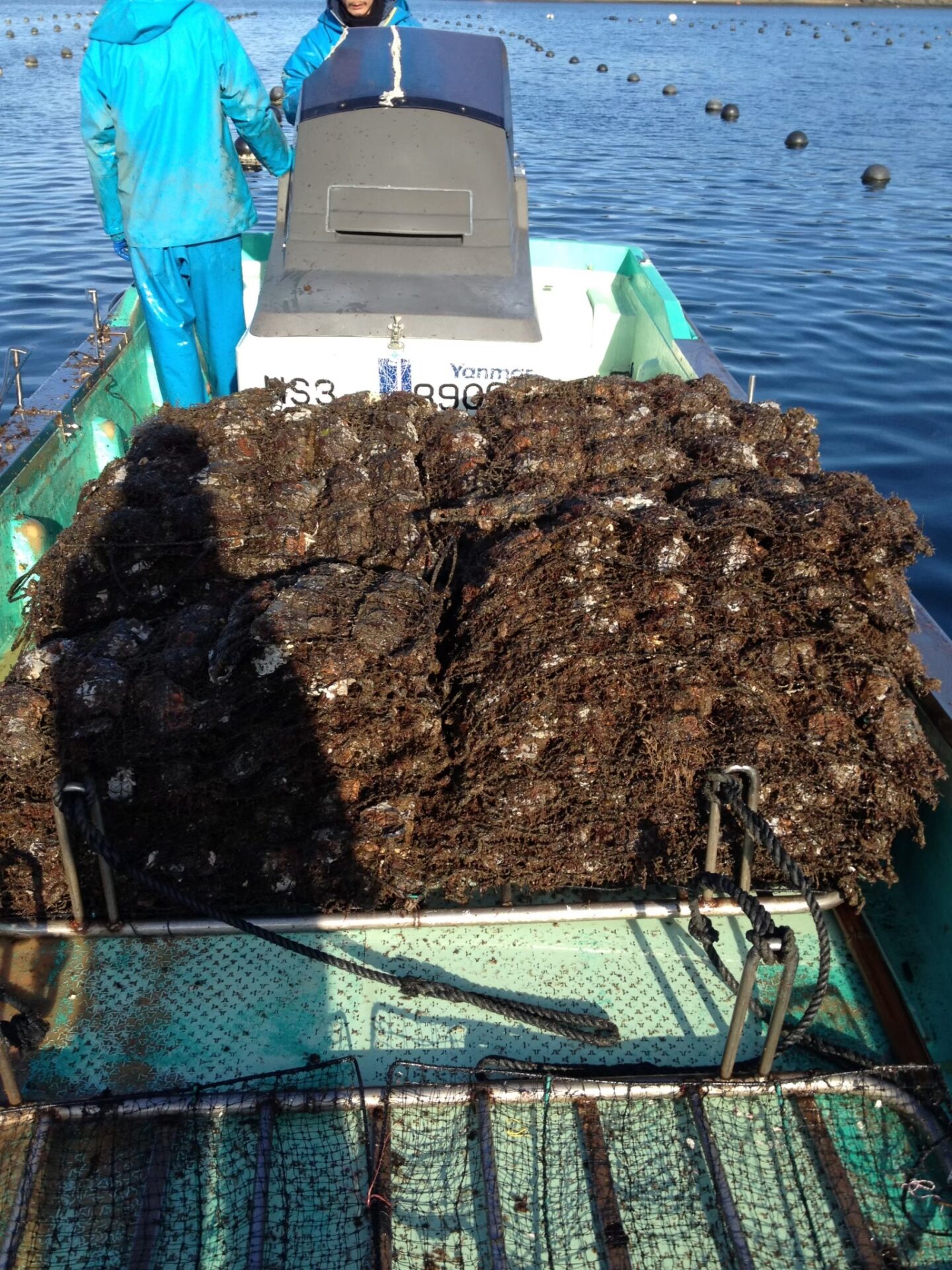
The pearls in that pearl necklace are round. However, they have a dull shine and many wounds. The nacre is also thin. Such pearls lose one aspect of their jeweliness.
Of course, these expressions are a bit extreme, but it is true that they are likely to be round but lackluster.
If you are cursed with a “round pearl,” you will unknowingly move away from the essential beauty of pearls. If you are going to buy round pearls with thin nacre, I definitely recommend buying imitation pearls.
In fact, my sister-in-law once told me, “I want a pearl necklace, it costs 700 USD.” “700 dollars? For round white pearls?” “Yes.” “That pearl necklace is not beautiful at all, so you’d be better off with imitation pearls. My acquaintance sells 8mm imitation pearl necklaces for 30 dollars. He sells 1000 of them a month, and the necklaces are extremely shiny and beautiful.” I recommended. 700 dollars is a lot of money for an ordinary Japanese family who just had a child. It’s about the same as a monthly mortgage on a house. Well, it may not be a lot of money for a month’s mortgage, but even though she is my sister-in-law, I couldn’t agree to her spending 700 dollars on boring, unattractive pearls. I thought that if she was going to spend 700 dollars on something like that, it would be better to go on a family trip or go to Universal Studios in Osaka.
No matter what the quality, it doesn’t mean that it’s valuable just because it’s a pearl.
If you’re going to wear poor quality pearls, imitation is better.
My sister-in-law wears the necklace for her child’s kindergarten entrance ceremony and weddings and funerals.
It’s just a ceremonial item, so to speak.
She doesn’t particularly like pearls.
There’s a curse that pearl necklaces that are acceptable for kindergarten entrance ceremonies and weddings and funerals must be round. No, it’s not a curse, round pearls are still appropriate for such formal situations. If she was rich, she could buy a high-quality round and beautiful necklace, but she isn’t.
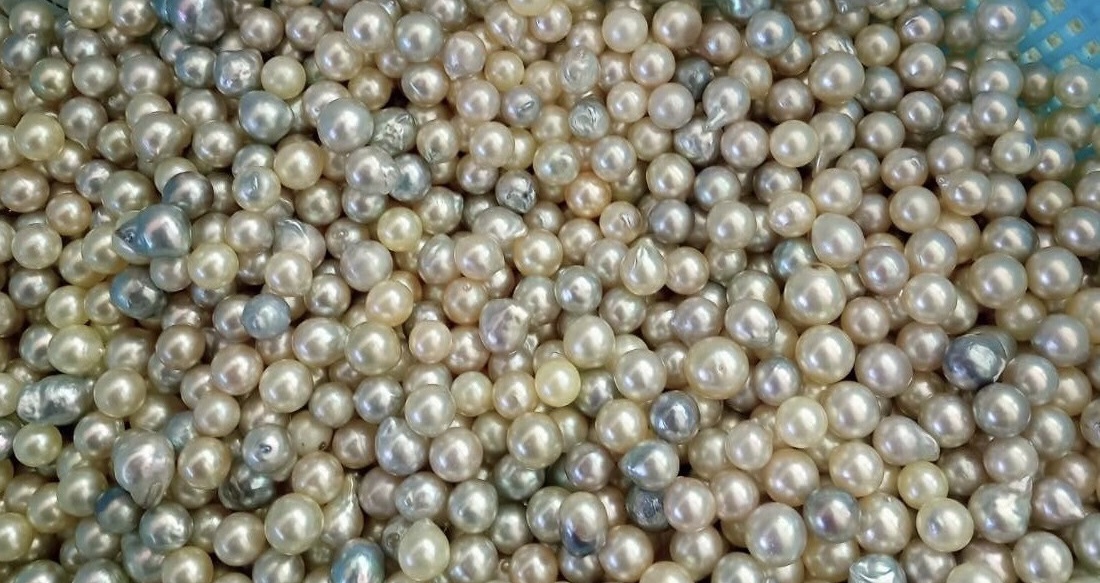
Well, the conversation is getting more and more unrelated, so I’ll force a little correction.
When choosing beautiful pearls when buying them, it is often solved if you lower the priority of the criterion “roundness of the pearl”.
Just because a pearl is round does not mean it is a beautiful pearl.
A beautiful pearl has a “strong luster” and a “thick nacre”.
I feel like screaming all the way to Jupiter here.
There are six elements that make up the beauty of a pearl:
“shape of the pearl (round or baroque)”
“color of the pearl”
“number of wounds”
“thickness of the nacre”
“size of the pearl”
“luster”
Among these, “color”, “shape” and “size” are merely preferences and have nothing to do with “quality of the pearl”.
On the other hand, “number of wounds”, “luster” and “shape of the pearl (round or baroque)” affect the price. It’s getting a little complicated now, isn’t it?
When it comes to the size of a pearl, you can’t tell which is higher quality, between a 4mm baby pearl and a large 8mm pearl, just based on their size.
However, in the basic trading of pearls, pearls are sold by weight, so the heavier one is more expensive.
However, this is merely a difference in weight, and larger does not necessarily mean higher quality.
As for “color”, Akoya pearls come in several colors such as white, pink and gold, but the differences between these colors do not necessarily mean good or bad quality.
There is no difference.
In terms of “shape”, round pearls are more expensive, but just because they are round does not mean they are expensive, but just because they are expensive does not mean they are high quality. If there are two pearls of the same quality, one round and one baroque (not round), the round pearl will be more expensive, but that does not mean that the baroque pearl is inferior in quality to the round pearl.
“No, no, that’s just something you say, isn’t it?”
You may say. Of course, this is a conclusion I have thought about thoroughly myself, but it is also the official opinion of the Japan Pearl Promotion Association, the largest pearl organization in Japan.
When this opinion was created, I discussed it with the people involved.
Of course, even if there is no official opinion from the Japan Pearl Promotion Association, I will continue to advocate these things with confidence.
Back to the beginning.
The quality of pearls is affected by the number of wounds, the thickness of the nacre, and the luster of the pearl.
I think everyone can agree on these points.
And these will also affect the price of pearls.
I completely understand these things, but I think it’s confusing even when I write them myself.
There are six elements to the beauty of pearls.
“Pearl shape (round or baroque)”: personal preference, pearl shape is unrelated to quality, but it greatly influences market price.
“Pearl color”: personal preference, some retailers may charge higher prices for pearls due to their “rarity”, but there is little difference in price between wholesalers and pearl farmers depending on color, and it is unrelated to quality.
“Number of wounds”: affects pearl quality. The fewer the wounds, the higher the quality, and it has a big impact on price.
“Thickness of nacre”: affects pearl quality. It’s sad to say, but a thick nacre does not make it expensive.
“Size of pearl”: personal preference, unrelated to quality. However, pearls are sold by weight, so the larger the pearl, the more expensive it is. It’s like adding 100g of steak.
“Luster”: directly affects quality. It also influences market price. Some people prefer a more subdued luster, so it can also be said to be a matter of personal preference.
As mentioned above, there are six elements to the beauty of pearls; “quality,” “price,” and “preference” exist independently and also influence each other.
Based on the above, I declare that to choose pearls with intrinsic beauty on a limited budget, you should choose pearls with “luster,” “baroque,” and “thick nacre.”
Is that okay? You have a limited budget. If you had an infinite budget, you wouldn’t have to worry.
The moment you choose a “round pearl,” your budget will be strained, and the budget for “luster” and “nacre” will be reduced. And pearls with “intrinsic beauty” will be lost in the meantime.
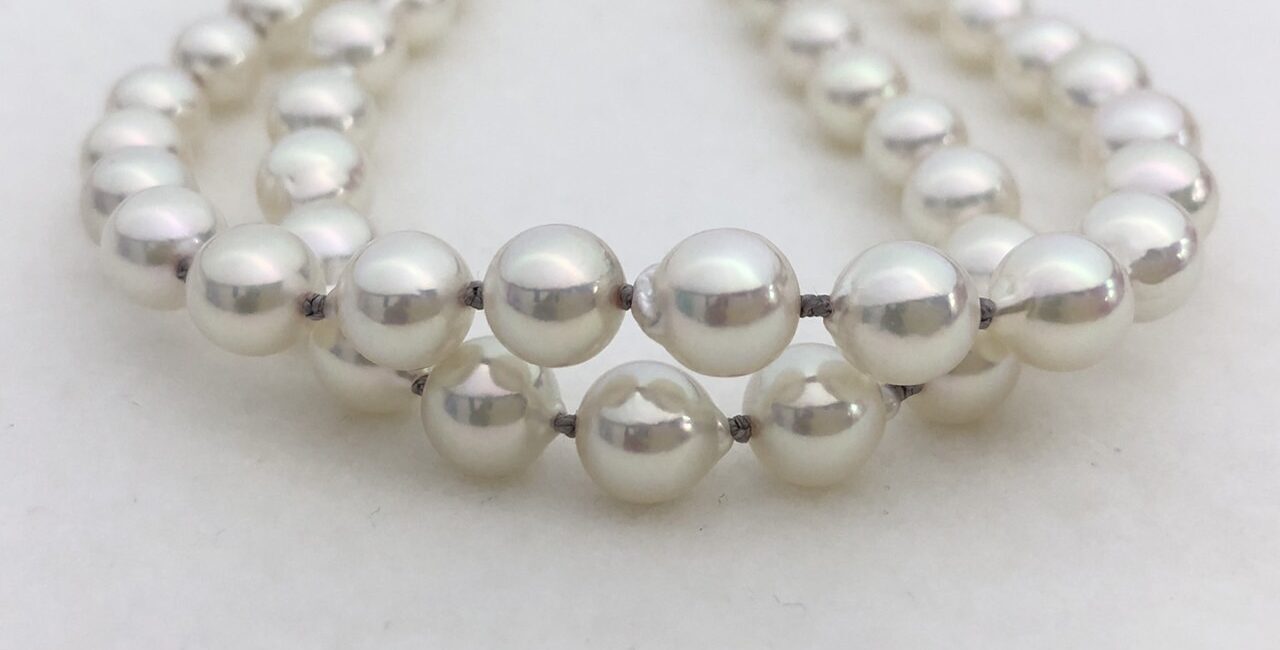
To stay within your limited budget, first choose “pearls that are not round.”
The price of pearls will go down just because they are not round.
The reduced amount can be allocated to “luster” and “nacre.”
By following these criteria, you will have more opportunities to purchase beautiful pearls within your limited budget without compromising the quality of the pearls.
If you’re thinking, “I only like round pearls!” at this point, I don’t think you’ve read this far, but if you have, please read on with a cool head.
You might be wondering if I’m running away from “wounds” here, but when it comes to wounds, please allow for wounds that are not noticeable from 1 meter away.
No matter how close your friends are, you won’t be in a situation where you’re 20 cm away from the pearl. You want to avoid pearls with large wounds that are noticeable even from 1 meter away, but the price will drop significantly. If the wounds are a little large but the pearl has a strong luster, it may be worth considering it positively.
On the other hand, “luster” and “thickness of the nacre” are noticeable even from a certain distance.
Pearls with a particularly strong luster can be seen from a distance.
By allowing “pearl shape” and “slight wounds” that are not noticeable from a little distance, the price of the pearl will go down.
You bet on luster and thickness of the nacre to cover the price reduction.
I hope that I’m not irritating you by repeating the same thing over and over again.
To put it bluntly, it’s like the difference between buying a new but low-grade car, or buying a top-grade car that’s a little older.
Cutting-edge but cheap on the inside, but expensive.
A little older but high-end and well-equipped on the inside, but cheap on the inside.
Some pearl dealers might get angry if I use such a rough analogy, but it’s okay because they never read my articles.
I wrote what I thought in one go, without any draft or planning.
The basic premise is that it is up to the individual to decide what kind of pearls they want to buy.
Everyone has their own circumstances, hopes, and preferences.
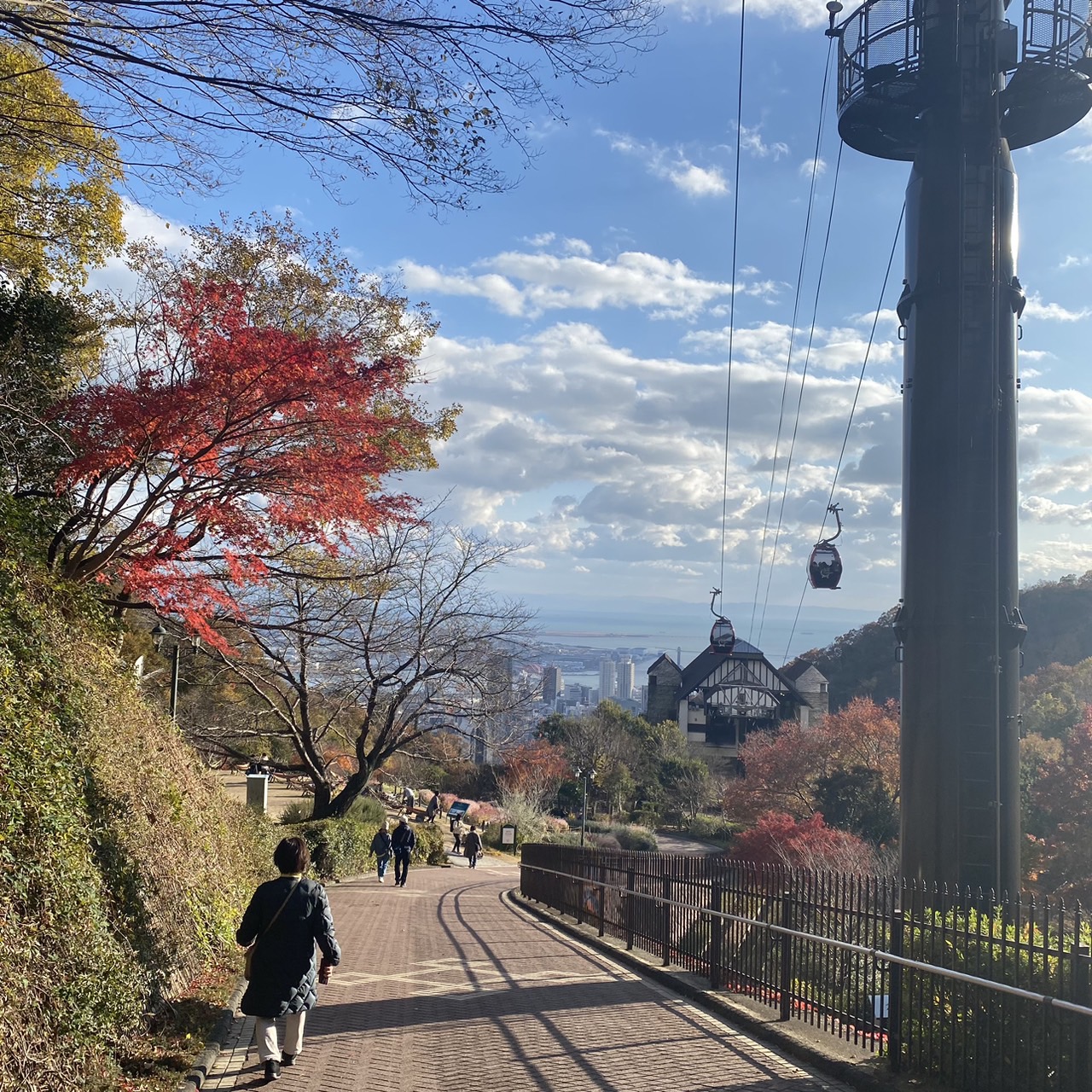
I hope that these opinions I have written will be useful as a reference point from a pearl farmer, a part of the pearl industry. And in the end, it’s up to you to decide.
“I decided that this is good.”
I think that a $10,000 house that you have thought through, planned, and built yourself is more valuable than a $1 million mansion that you bought without any particular thought and just because you were influenced by the advice of a real estate agent.
This is a bit of a rough analogy, but I hope it conveys what I want to say.
I wear a pearl bracelet every day, and I think that pearls with a strong luster and thick nacre are beautiful even when I look at them every day. It’s hard to explain what nacre is, but it has a deep luster. Sometimes you can’t tell what an attractive person is thinking.
In my case, if you replace it with pearls, it would be “thick nacre.”
I wonder, “What’s going on with this nacre?”
If the nacre is thin, I don’t feel anything. It’s like someone who talks to me and can see that they’re up to something. This is also not a very appropriate analogy. Just because he has a thin nacre doesn’t mean he’s a bad person. There are no pearls with bad personalities.
Well, it’s past midnight.
I’m going to bed now.
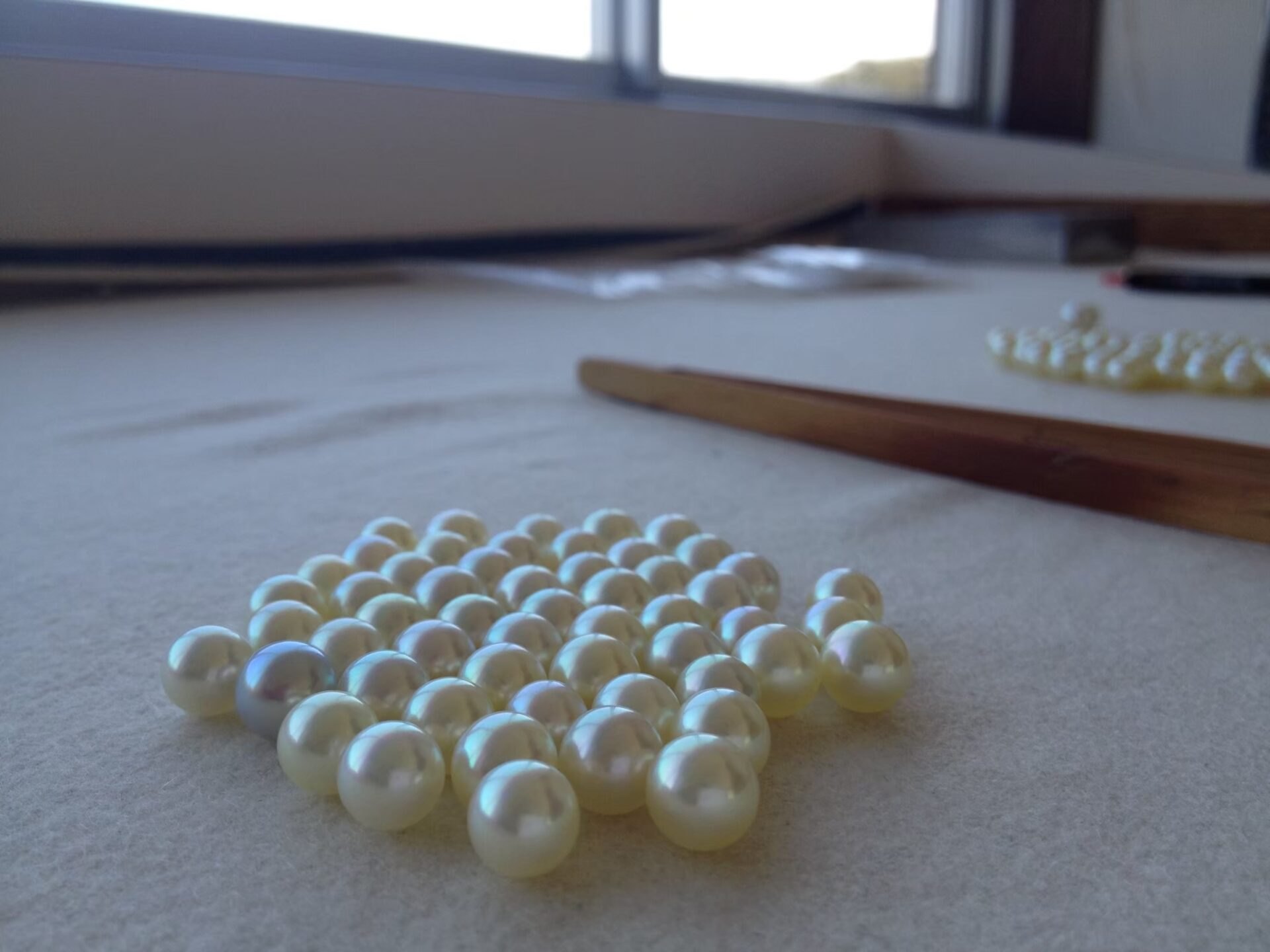
There are similar articles in my other product descriptions and various articles on Flower jem.com that explain what I wrote this time. What they have in common is that they are not explained succinctly, but are explained in a way that goes off on tangents.
I want you to know a lot about pearls, including all sorts of related and unrelated things.
So, have a good shopping experience.
Flower Jem | Pearl Bless You
Website : https://flower-jem.com/
Etsy.com : https://www.etsy.com/shop/FlowerJem/
X(Twitter) : https://twitter.com/flower_jem/media
Instagram : https://www.instagram.com/flowerjem/
Pinterest : https://www.pinterest.jp/FlowerJem7/japanese-akoya-pearls/
Youtube : https://www.youtube.com/channel/UC-XdiEaNB5R56_TXGf2NUww
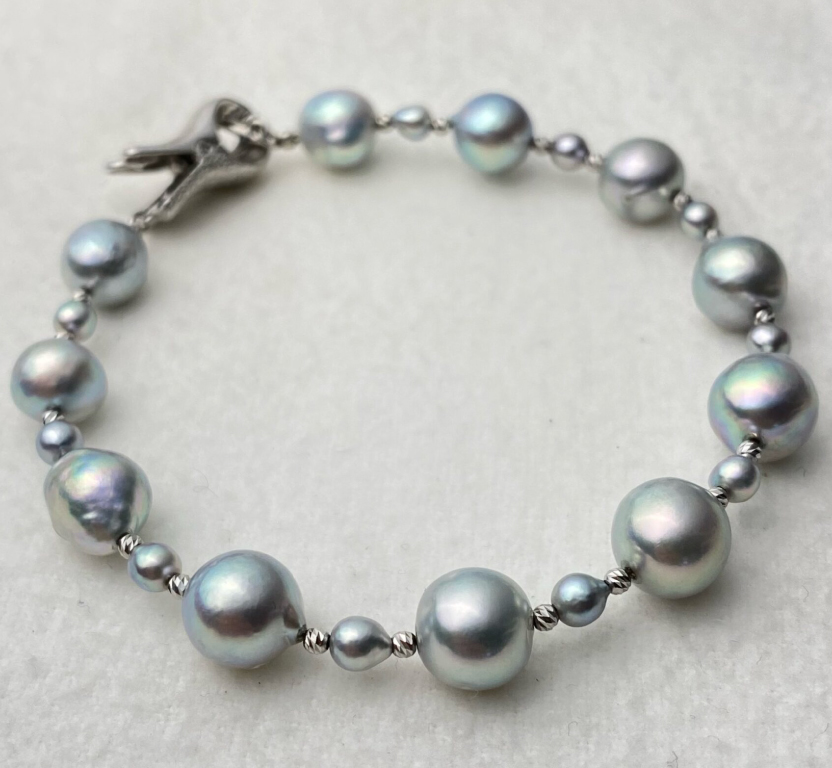
Comment